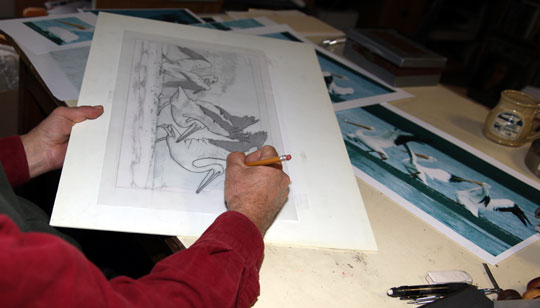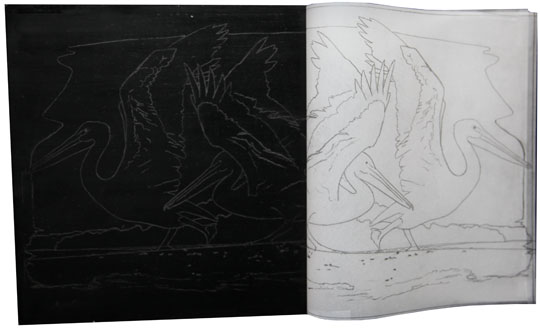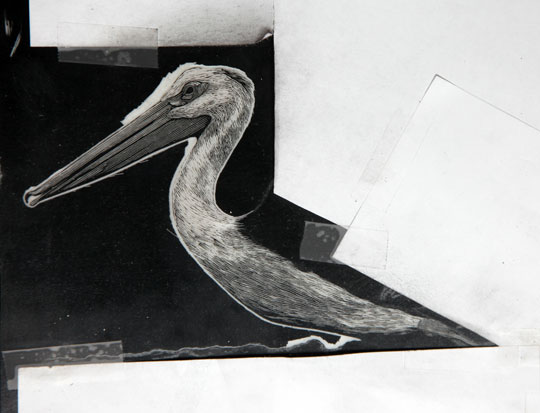Engraving of the first image for the book began on Black Friday, 2009. None of us seem to know where the term”Black Friday” has come from. Perhaps we don’t watch enough television.



Engraving of the first image for the book began on Black Friday, 2009. None of us seem to know where the term”Black Friday” has come from. Perhaps we don’t watch enough television.



The Last Waltz (on returning from Rome) • A Return to Drury Island, & the Studio
20 November, 2009 • The Last Waltz
Today the boat was launched the 13th and final time in 2009. For the first time, all was still…
17 November, 2009 • A Return to Drury Island & the Studio
On returning to the river after two weeks abroad, the trees were bare, and the birds gone except for eight soaring eagles, a handful of gulls, ever distant crows, two blue jays, and one lone pelican swimming in the middle of the lake. Fred and I combed the beach of Drury Island, adding three to the mussel species to the list: Pimpleback, Black sandshell, and Wabash pigtoe.
With the boating season drawing to a close, the time has come to get on with work in the studio. While some organizing of data remains to be done, a basic outline of what I have to work with, gathered from this first abbreviated boating season, is taking shape. There will be a section on pelicans, one on mussel shells collected (aproximately a dozen species to date), and one of fish caught (six species to date).
With paper for the first book in hand, the determination of edition and page size are dependent upon the quantity and dimensions of the paper: 800 sheets of hand made Tovil, 15.5 x 20.5 inches. My initial notion of folding the parent sheet down twice, for a page size of 7.75 x 10.25, has come into question. While I appreciate the intimacy of the smaller page size (espescially as it relates to field journals), and the practicality of getting twice as many pages, I am considering folding the sheets a single time for a larger page size of 10.25 x 15.5. Closer examination of the paper reveals that it would be most comfortable folded once, given grain direction, laid lines, and watermarks. Also, the expansive nature of the landscape of the river, as well as the size of actual specimens involved, seems to call for a larger format. While it had been my hope to scale back from the immensity of scale encountered with Sylvæ, I am beginning to think that forcing the river into a smaller package is not, perhaps, the best approach. At any rate, a decision regarding page size must be made before I can begin engraving images.
